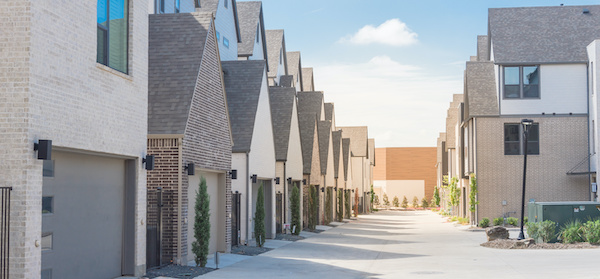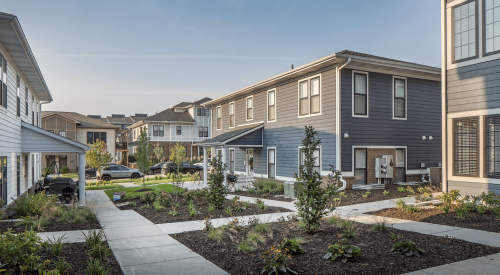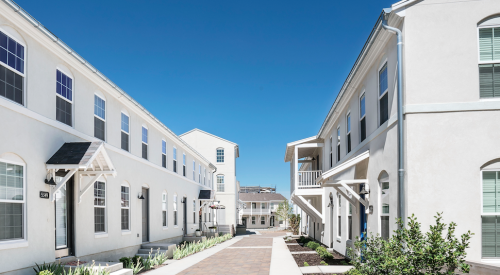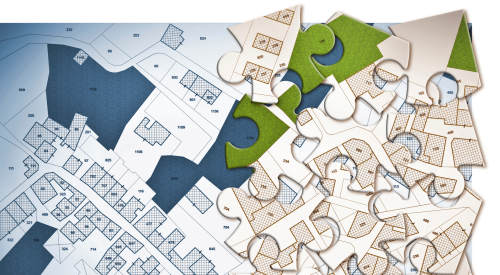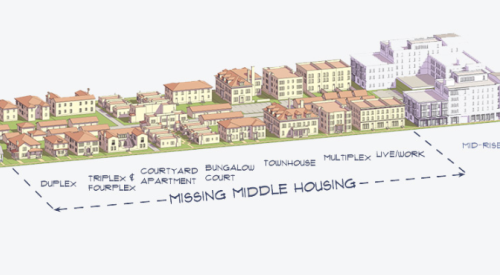In Los Angeles, 10 side-by-side units stand on a third of an acre, measuring three-stories high with just 6 inches in between each building. When they went up on the market, every unit sold within a month. The quick sale of these units demonstrates the demand for affordable housing, especially in tight markets. By allowing multifamily units in traditionally single-family lot zones, local and state governments can help address the housing crisis to help more Americans achieve homeownership, which is one of the main ways to build wealth in this country.
Media coverage recently has detailed the growing housing affordability shortage in the United States, discussing how local zoning remains a barrier to greater access to housing. Communities can work to address this shortage by updating ordinances that promote single-family detached and large multifamily buildings, with few options between.
What is needed is both more housing and more kinds of it. Diversifying housing types gives home buyers and renters more ways to meet their increasingly diverse income, household and generational needs.
State and local governments are beginning to see the value in providing greater housing diversity. Oregon, as well as Minneapolis, have recently made policy initiatives to allow multifamily units on land previously only available for single-family homes in this effort. These ordinance revisions have been misinterpreted as “bans” on single-family zoning. In reality, they provide a unique opportunity for communities attempting to provide a variety of affordable housing options.
NAHB’s report, “Diversifying Housing Options with Smaller Lots and Smaller Homes,” explores the issues involved in generating a greater mix of housing types, such as smaller homes, duplexes, townhouses, small-scale multifamily and accessory dwelling units (ADUs). The report particularly offers value to those in the home building industry who specialize in relatively small builds or development, in terms of both concepts and design elements.
The following projects, taken from the 11 examples detailed in the report, provide a glimpse into how innovative ordinances can lead to successful and affordable housing.
